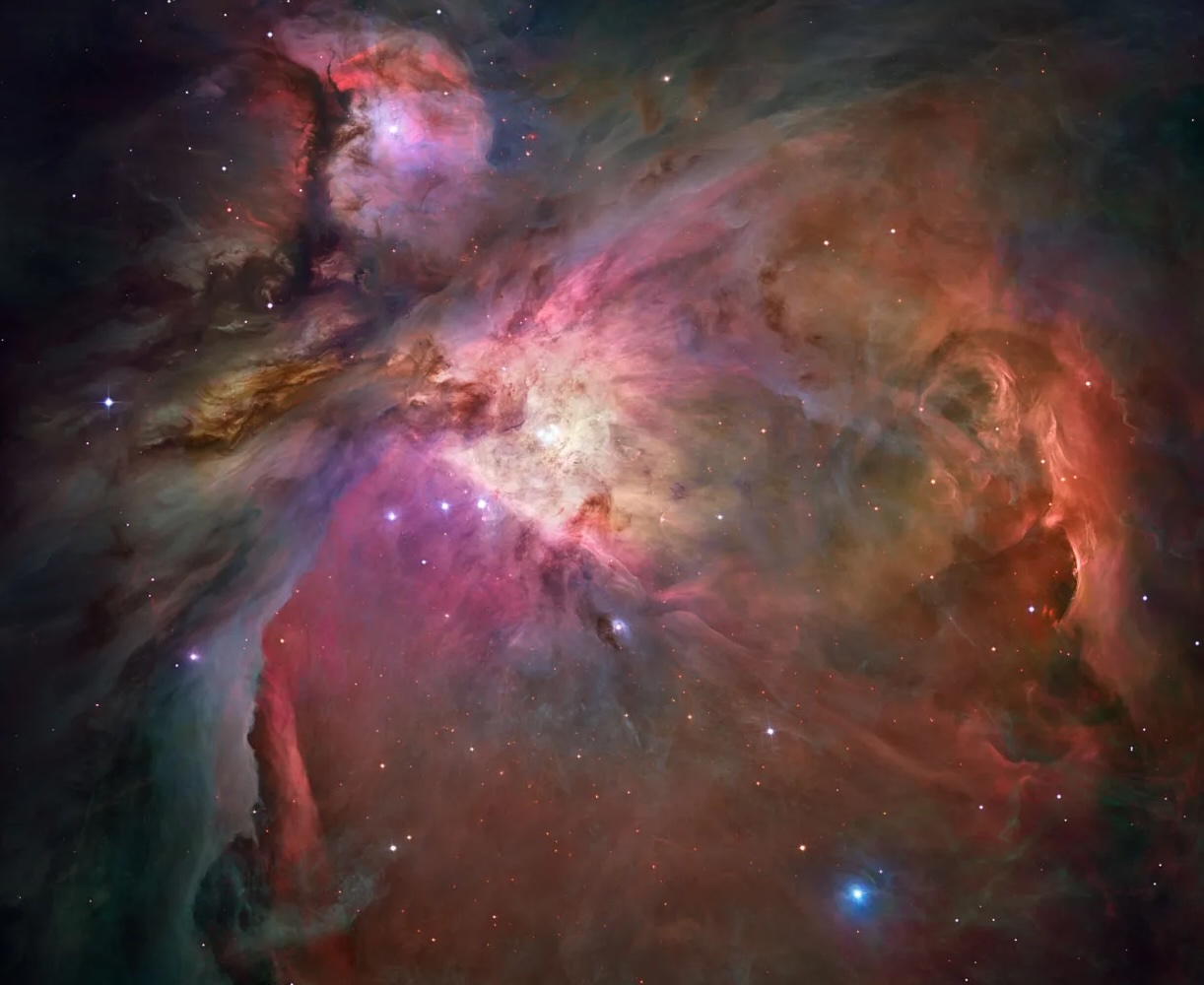Mt Stromlo’s potential

It was early August and the weather forecast was good: a cloudy day that would clear into a crisp Canberra night. Perfect for stargazing on Mt Stromlo. We’d been warned that the single road to the observatory could get packed from 6.45 to 7.30, but driving along the winding road, deeper into the bush, we wondered if we’d missed the crowds.
Then we found them. A long snake of tail lights stretching up the mountain told us this was going to be popular. Walking to the observatory from the car park we passed the burnt-out shell of a building, a reminder that more than 20 years ago the bushland around here burst into flames, gutting the observatory and destroying its historic telescopes and buildings.
With our daughter and two friends in tow, we passed more damaged buildings on our way to the operating telescopes — more modern affairs and smaller than the ones that were destroyed, they’re housed in fibreglass domes a short walk from the visitor centre. The queue for parking was a warm-up for the queues to use the telescopes, but the mood was chatty and almost festive, with kids running around and volunteers setting up their own telescopes for people in line to use while they waited.
Inside the domes there was a chance to see some spectacular views on telescopes with way more grunt than our more modest set up at home. After an evening of stars we stopped by the visitor centre for hot chocolate and a wander through the exhibits.
Coming home, with Taylor Swift, Katy Perry and Avril Lavigne on high rotation (did I mention the three girls?), my thoughts kept coming back to what Mt Stromlo could be. About a year earlier we’d spent some time in California, which included a very brief visit to Los Angeles and, thanks to my wife’s insistence, an evening at the Griffith Observatory.
Griffith is a great spot for a host of reasons. There’s the drive up through the hills, where you can spot wildlife, the phenomenal view of LA stretched out before you, and the golden light as the sun sinks towards the horizon. And then there’s the observatory itself. Housed in a gorgeous Art Deco building, as you enter you’re met with a giant Foucault Pendulum running through the floor to the level below. It’s the observatory’s way of telling you, “the science is only just starting”. It’s also home to a fantastic space-related museum (complete with moon rocks) and the sort of interactive displays that kids are naturally drawn to.
And it’s packed. The grounds are full, the museum is full and the planetarium is full (with good reason, the show we saw was amazing). The lines to use the telescope snake around the building, and there’s even lines for the more modern, and portable, telescopes sat out on the lawn.
In terms of public enthusiasm, there were a lot of parallels between Griffith and Stromlo.
Now, Canberra (population less than 500,000) and Los Angeles (population 3.8 million) are not quite comparable. But there’s a case to be made — in my head at least — for a push to redevelop Mt Stromlo into an astronomical destination for Canberrans and outside visitors. Well, more than it is at the moment because given what they have come back from after the fires, the efforts have been … stellar.
Since the fires, the Advanced Instrumentation Technology Centre (AITC) has opened to develop high-performance instrumentation telescopes and space missions. It also has a space simulation facility that tests instruments for missions by replicating space and launch conditions. There’s also the ANU Institute for Space, which is dedicated to supercharging Australia’s space capabilities and developing new opportunities for the global space business.
But we could do so much more when it comes to engaging the public and getting them excited about why this stuff matters. We could restore Stromlo’s infrastructure and telescopes and build modern facilities that would capture the public’s imagination when it comes to astronomy and space science. The observatory could be a major tourism and educational hub, more so than it is now, attracting visitors from across Australia and internationally. It would build on the site’s historical significance while bringing in new technologies and educational opportunities.
I was very pleasantly surprised to find that Nobel Laureate Brian Schmidt has big dreams for Mt Stromlo. As well as winning a Nobel for Physics, Schmidt was the vice-chancellor of the Australian National University, which runs the Mt Stromlo facility. In fact, he was working the day the fires devastated the observatory and has said he wants to bring back some of the community that the fires destroyed.
“There’s a lot that we can do and this place should continue to evolve as an iconic part of Australia and an iconic part of Canberra. For me, I’d just love to find means to get the community up here and doing more,” he has said.
There’s a lot of arguments in favour of pushing a revitalised Mt Stromlo as a science outreach destination. Firstly there’s Canberra’s relatively low levels of light pollution. While the dark streets might be one of the (many) things that piss my wife off about Canberra, they do make for good star-gazing. Then there’s the fact that the observatory would become a major cultural landmark, drawing tourists and contributing to the local economy. And let’s not forget that Canberra is a city of nerds who love ideas and knowledge. Finally, what better way to support our burgeoning space industry than by developing a place that can inspire future generations of scientists, engineers, and astronauts?
One of those kids gazing at the stars that night might one day look back at Stromlo from their journey to Mars.
